Can a city be smart without adequate finance?
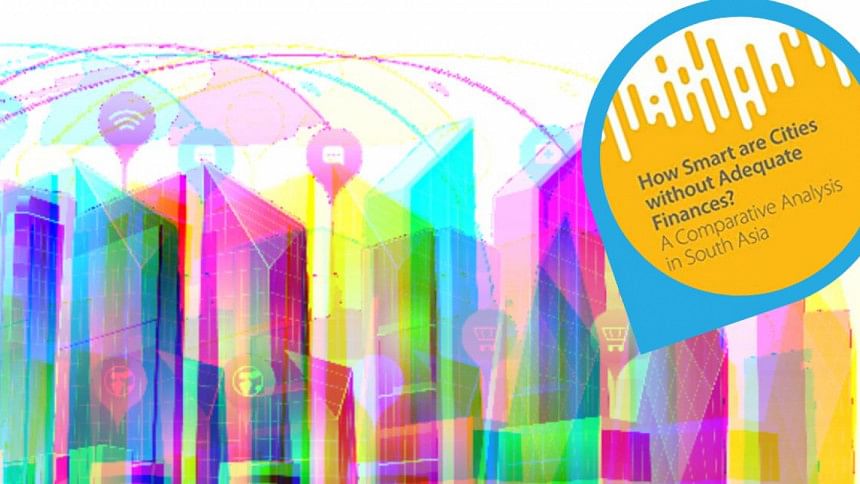
Although Dhaka and Kolkata, two major South Asian cities, are just 240 kilometres apart and share a common history and culture, not many comparative studies on these cities have been undertaken so far. Kolkata is the second largest city in India, while Dhaka is the largest city in Bangladesh. A book titled How Smart are Cities without Adequate Finances? attempted to improve our understanding about financing patterns of these two South Asian cities. Three university professors from Bangladesh and India – Simanti Bandyopadhyay, Firdousi Naher and Aishna Sharma – have compared recent city-level financial trends in Dhaka and Kolkata, which is not only refreshing, but can also lead to further research in the future. Bangladesh and India's West Bengal share a common history, heritage, socio-cultural norms and environment. Both Dhaka and Kolkata are densely populated and face similar challenges in delivering civic services to its citizens. Therefore, comparing the two local governments' financial situations makes perfect sense.
A city needs to meet a number of fundamental criteria to become "smart," the catchword used internationally these days to characterise urban areas in terms of their use of information and communication technology, operational efficiency, financial prudency, cost-effective service delivery, time-saving public transportation system, and aesthetic and environment-friendly development, all done under a progressive urban planning philosophy. Smart cities should also aim to promote social inclusion and community engagement to ensure poverty alleviation, gender equality and resilient societies.
The authors of the book made an effort to look at the "smartness" of cities through the lens of financial sufficiency. The urban development context in both Bangladesh and India are truly comparable due to their poor basic services like housing, water supply, sanitation, waste management, roads and drains, etc, and therefore, according to the authors, "ensuring a sound infrastructure is the foundation for any smart urban agglomeration to emerge and this, in turn, hinges on the financial health of urban local bodies." Both in Dhaka and Kolkata, air and water pollution levels are alarming, and water supply, sanitation and solid waste management are poor.
While we recognise the importance of smart cities, there is very little empirical evidence on how they function. As such, the book raises a pertinent question on development of sustainable cities in South Asia. The authors point out that "most urban local bodies in developing economies suffer from insufficient generation of revenues and/or lack of financial power to invest in even the basic infrastructure."
The financial health of Dhaka North City Corporation (DNCC), Dhaka South City Corporation (DSCC) and Kolkata Municipal Corporation (KMC) are compared in the book. The urban local government bodies have legally defined areas of revenue generation, budgeting and expenditure for development of infrastructure and services, operation and maintenance. It also includes detailed historical, demographic and socioeconomic background of both Dhaka and Kolkata and the evolution of the local government structure in the two countries.
The comparative analysis of the two cities in terms of legal mandates for revenue generation and expenditure decisions, tax and non-tax collection situation, and urban economic strength are the most noteworthy aspects of the book.
In both countries, urban local bodies generate revenue from taxes, duties, fees, tolls, etc. However, the municipal revenue generation is not encouraging, owing to poor assessment of properties, low tax collection rates, inadequate service delivery and limited attention given by local bodies to non-tax revenue sources for both. Added to that, intergovernmental transfers play a key role in supplementing revenues.
The book argues that low revenue collection in Dhaka and Kolkata affect their level of expenditure, which is less than one percent of GDP, despite both cities contributing highly to their respective economies. Data from DNCC and DSCC shows that own revenue constitutes the bulk of total resources – 87 percent in DNCC and 79 percent in DSCC between 2012-13 and 2018-19. The government grant is relatively low, which comes from the Annual Development Programme (ADP). Property tax, called "holding tax" in Bangladesh, constitutes about 45 percent of total own revenues from both city corporations. There are some variations in per capita own revenue between the two city corporations, with DNCC doing better than DSCC. However, without further analysis, it is not possible to say what causes this variation – whether it is due to high tax effort of the DNCC or due its higher property value.
In Kolkata Municipal Corporation, own revenue constitutes 51 percent of total resources which comes from government grant, compared to DNCC and DSCC. But compared to Dhaka, Kolkata's per capita own revenue and property tax revenue collection are higher. Again, KMC's per person expenditure is $70 higher than the per person average expenditures in DNCC and DSCC.
The book tried to estimate own revenue to Gross City Product (GCP) ratios in both DNCC and DSCC. Using own revenue generated in 2017-18 in DNCC and DSCC at current prices, the own revenue to GCP ratio turned out to be only 0.3 percent in DNCC and 0.28 percent in DSCC. On the other hand, the GCP ratio in KMC has been 1.3 percent or higher in recent years. This implies that compared to the KMC, the DNCC and DSCC have higher potential for own revenue generation in future if property tax assessment can be improved, assessment to collection efficiency is raised, and non-tax revenue sources fully exploited.
If the DNCC and DSCC take note of the book's findings and make sincere efforts, they can increase tax revenue and utilise additional resources for better public service delivery. This will encourage city dwellers to pay taxes regularly and at higher rates. The book makes an excellent contribution towards filling an information gap in local resource mobilisation in the two most resourceful metropolitan cities in South Asia.
Dr Nawshad Ahmed, a former UN official, is an economist and urban planner.


 For all latest news, follow The Daily Star's Google News channel.
For all latest news, follow The Daily Star's Google News channel. 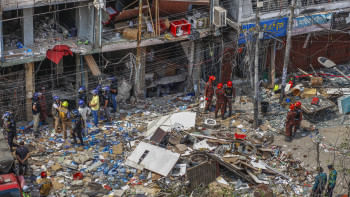
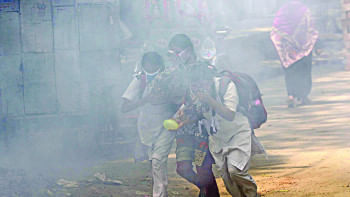
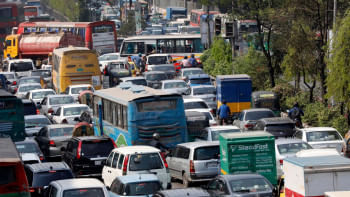





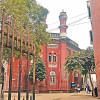
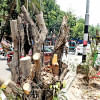
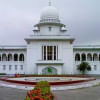

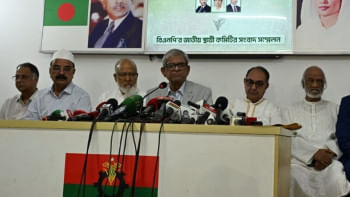
Comments